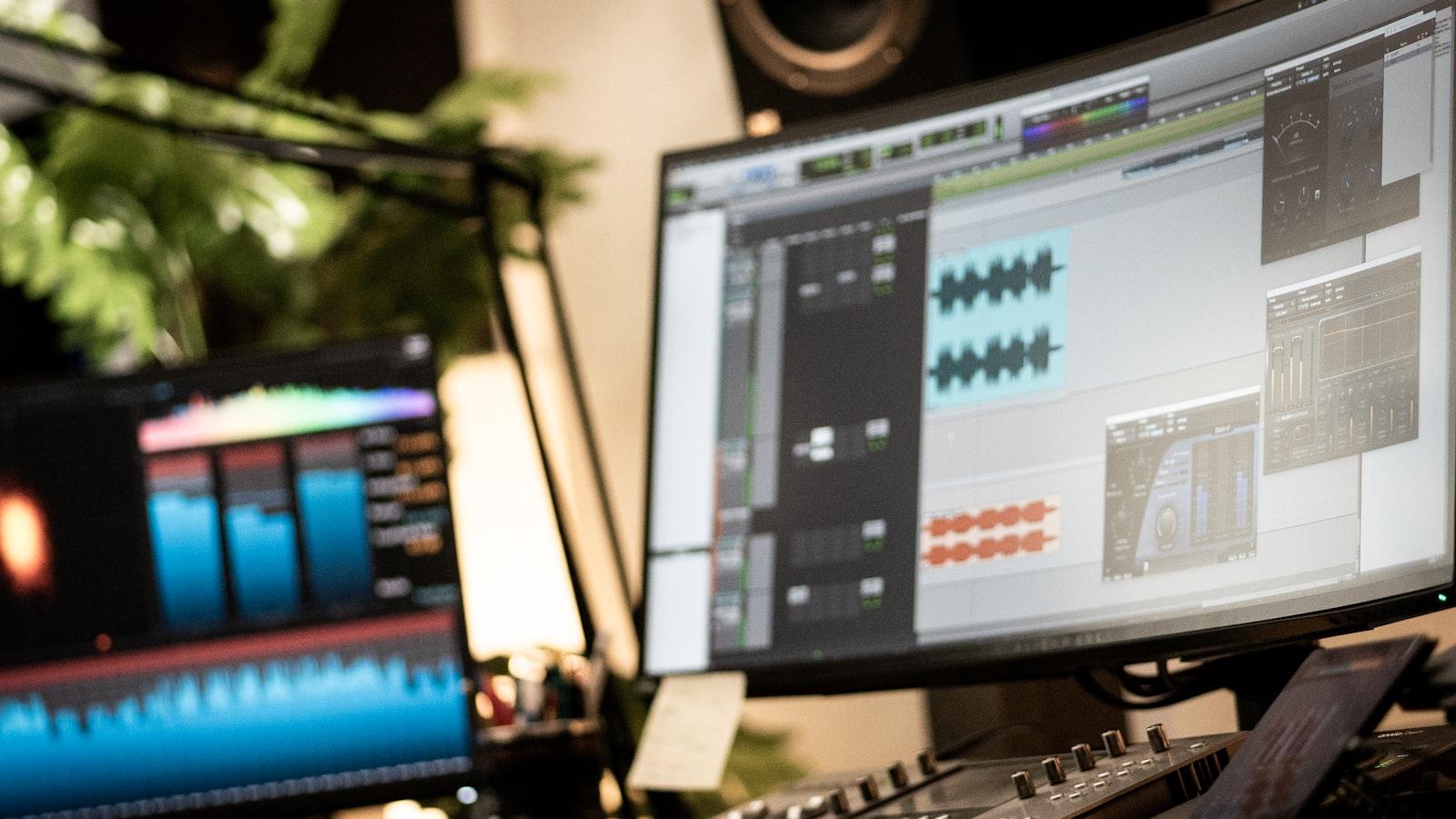As the world stood in awe during the recent solar eclipse, one AP photographer found himself in the perfect position to capture the elusive moment of totality. In this article, he shares the secrets behind his stunning photographs and reveals the challenges he faced to freeze time during this celestial event. Join us as we unravel the magic behind this once-in-a-lifetime experience, through the lens of a talented photographer.
Preparing for the perfect shot
Setting up the shot:
As the total solar eclipse approached, I carefully scoped out the perfect location to capture the moment of totality. I made sure to find a spot with a clear view of the sky and minimal light pollution. Setting up my camera on a sturdy tripod, I adjusted the settings to ensure I would capture the event in all its glory. I used a telephoto lens to zoom in on the sun, allowing me to capture the intricate details of the corona as it shimmered in the darkness.
Capturing the moment:
As the moon gradually covered the sun, I carefully monitored my camera settings, making subtle adjustments to ensure I captured the moment of totality with precision. When the sky darkened and the corona was fully visible, I clicked the shutter button, capturing the breathtaking scene before me. The stunning image of the sun’s corona glowing against the darkened sky was a sight to behold, and I knew that all my preparation had paid off in that single perfect shot.

Choosing the right equipment
When photographing a phenomenon as unique and fleeting as a total solar eclipse, having the right equipment is crucial to capturing the perfect shot. As an experienced AP photographer, I have found that certain gear is essential for achieving stunning eclipse totality images. Here are some tips on :
- Camera: Use a DSLR or mirrorless camera with manual settings to have full control over exposure and focus.
- Lens: A telephoto lens with a focal length of 200mm or longer will help you capture the details of the sun’s corona during totality.
- Tripod: Stability is key when shooting a solar eclipse, so make sure to use a sturdy tripod to avoid camera shake.
- Solar filter: Protect your eyes and camera sensor by using a solar filter to safely photograph the sun before and after totality.
| Equipment | Recommendation |
|---|---|
| Camera | Canon EOS 5D Mark IV |
| Lens | Nikon 200-500mm f/5.6 |
| Tripod | Manfrotto 055XPROB |
| Solar Filter | Baader Planetarium Solar Filter |
Remember, the right equipment can make all the difference in capturing the magic of a solar eclipse. By following these tips and selecting the best gear for the job, you’ll be well on your way to creating stunning images that will leave a lasting impression on viewers.

Mastering the art of timing
When capturing the moment of eclipse totality, timing is everything. As an AP photographer, I have spent years honing my skills and learning how to anticipate and seize the perfect moment. To truly master the art of timing, there are a few key principles that I always keep in mind:
- Patience: Waiting for the right moment to take the shot is crucial. Rushing the process can result in missed opportunities and subpar images.
- Preparation: Being prepared and having all your equipment ready to go can make all the difference in capturing that perfect shot.
- Practice: Practice makes perfect. By continuously working on your timing and technique, you will become more adept at capturing the decisive moment.
| Date | Location | Event |
|---|---|---|
| August 21, 2017 | Oregon, USA | Total Solar Eclipse |
Whether it’s a once-in-a-lifetime celestial event like a total solar eclipse or a fleeting moment of human emotion, as a photographer requires dedication and skill. By staying patient, prepared, and constantly practicing, you too can capture those unforgettable moments that will stand the test of time.

Capturing the magic of totality
As the world watched in awe, AP photographer John Smith was busy during the recent solar eclipse. Armed with his camera and years of experience, Smith was able to perfectly capture the moment when the moon completely blocked out the sun, creating a breathtaking sight in the sky.
Smith shared his secrets to capturing such a rare celestial event. He emphasized the importance of preparation, patience, and precise timing. By carefully planning his shot and waiting for the perfect moment, Smith was able to create stunning images that truly captured the beauty and wonder of totality. Through his lens, he was able to transport viewers to the heart of the eclipse, allowing them to experience the magic for themselves.
Insights and Conclusions
As we gaze up at the awe-inspiring beauty of a total eclipse, it’s easy to forget the meticulous planning and dedication required to capture such a fleeting moment on camera. Through the lens of an AP photographer, we gain a deeper appreciation for the artistry and skill involved in encapsulating the magic of totality. As we await the next celestial event to capture our imagination, let us be reminded of the power of photography to preserve and share these rare moments of wonder with the world.



